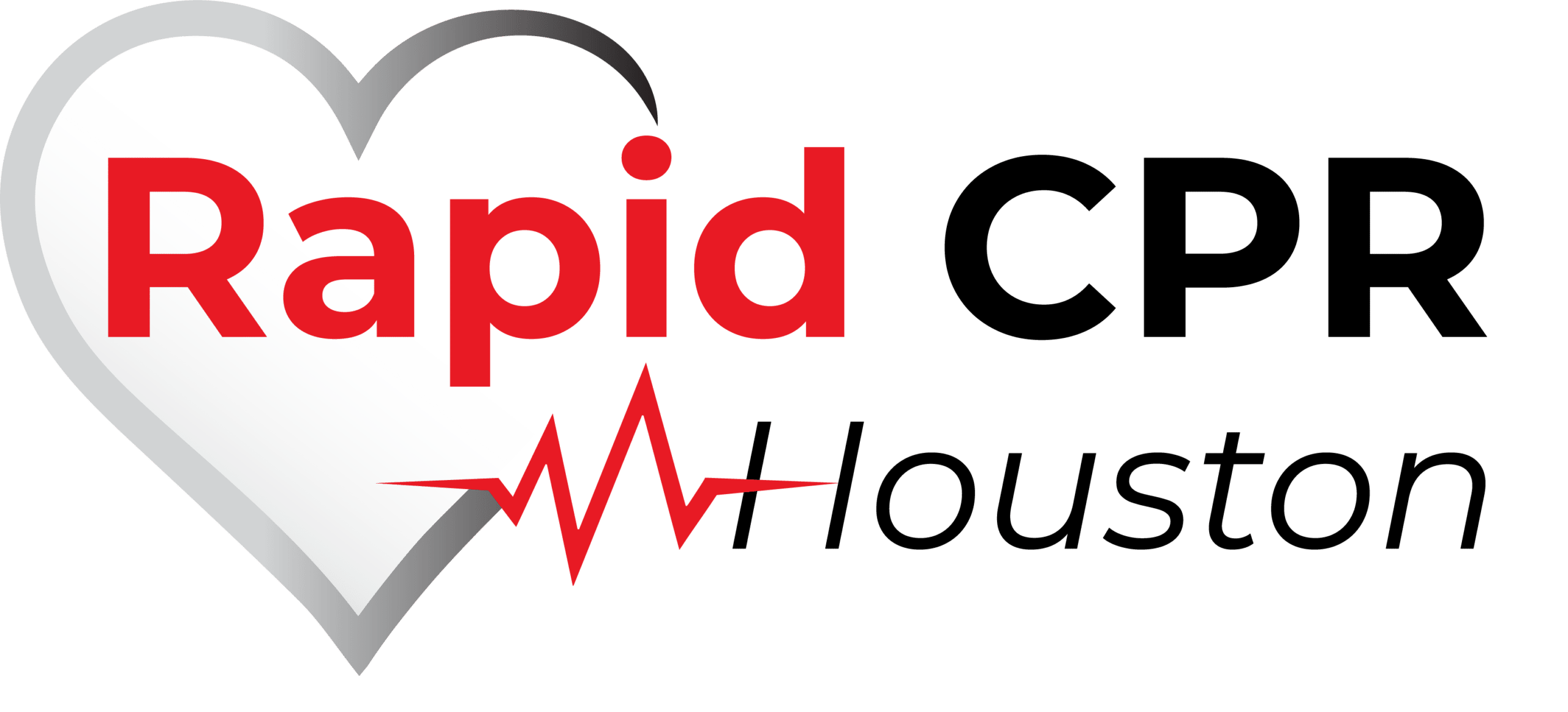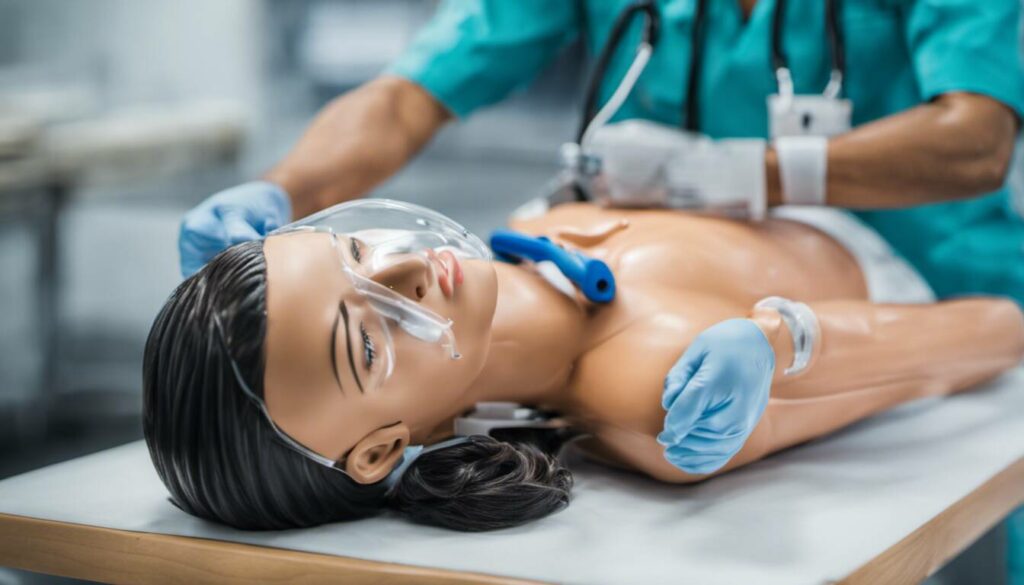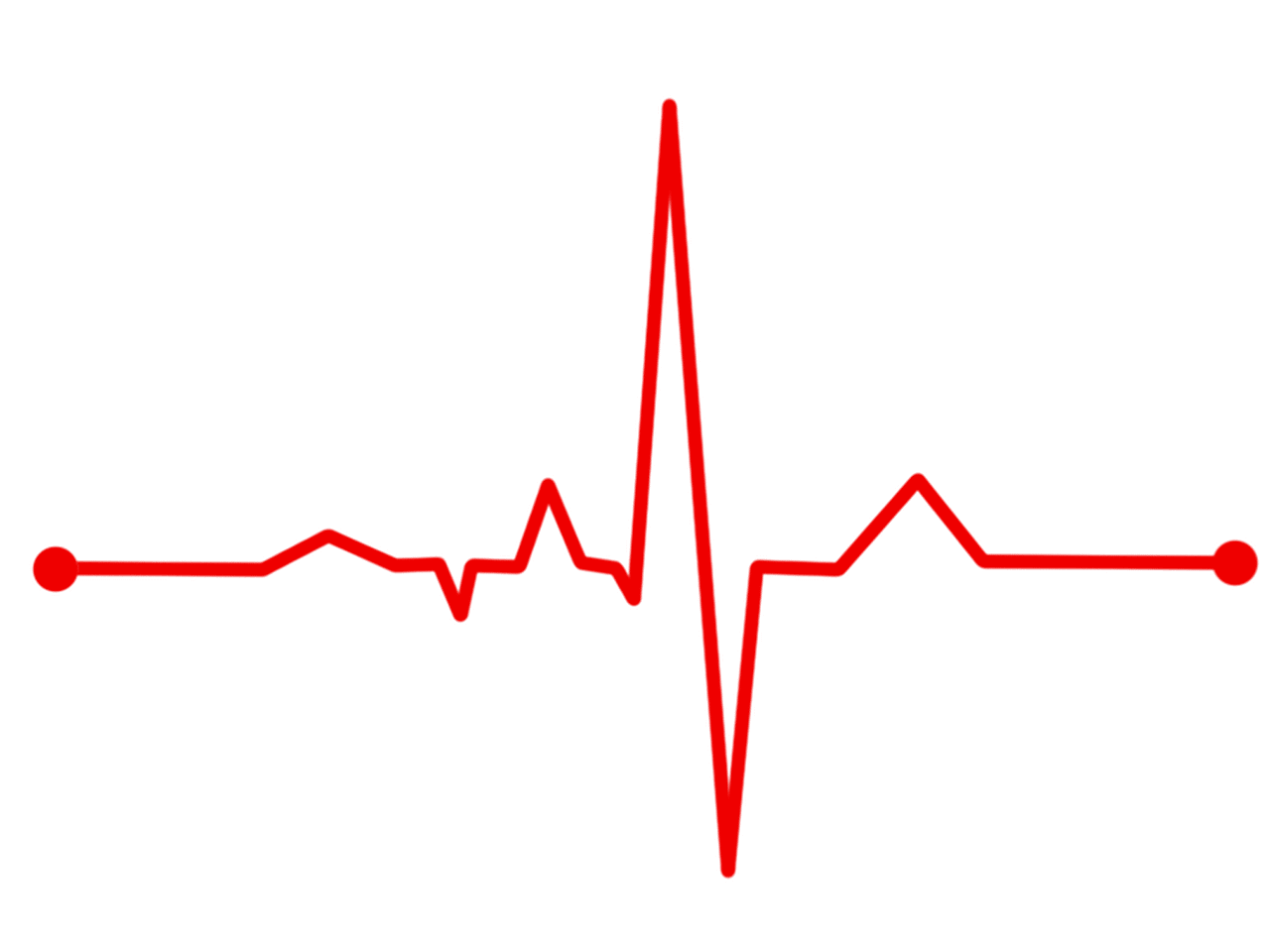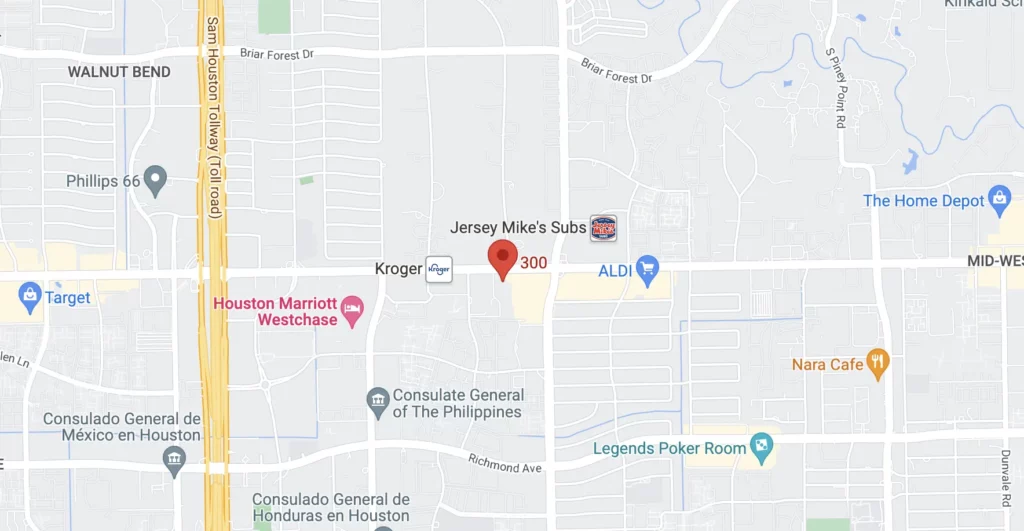The American Heart Association (AHA) emphasizes the importance of CPR for healthcare providers, highlighting that anyone with the knowledge and skills of CPR can make a significant difference in emergency situations. An unexpected hero’s quick action in performing CPR can double or triple a cardiac arrest victim’s chances of survival. The American Heart Association CPR for Healthcare Providers course is a specialized training program designed for healthcare professionals, covering advanced CPR techniques, two-rescuer CPR, and the use of ventilation devices. Successful completion of this course results in a two-year certification valid for two years.
The American Heart Association’s CPR Program
The American Heart Association (AHA) is a leading authority in resuscitation science, education, and training, offering a comprehensive CPR program for healthcare providers. The program focuses on the latest guidelines and best practices for delivering high-quality cardiopulmonary resuscitation, including proper chest compressions, ventilation techniques, and the use of automated external defibrillators (AEDs). It emphasizes teamwork and effective communication during resuscitation efforts.
Healthcare providers trained through the AHA’s CPR program feel confident and prepared to initiate life-saving measures immediately. They know how to assess the situation, perform high-quality CPR, and coordinate with their team to ensure efficient care delivery. The program also imparts essential qualities like composure and confidence.
Advancements in technology have transformed the way training can be accessed and delivered, with virtual training solutions like Heartsaver Virtual providing learners with access to online courses and hands-on skill sessions at their own pace. This innovation fosters skill development and convenience for healthcare providers.
Certification Process
The American Heart Association (AHA) offers a certification process for healthcare providers to ensure they meet specific standards and competencies in performing CPR techniques. This certification process involves in-person classroom training or online courses provided by AHA Training Centers and Instructors. Participants learn about signs of cardiac arrest, proper chest compressions, rescue breaths, and the use of AEDs. They also learn emergency steps for choking or opioid overdose.
Following the training, participants undergo a skills evaluation to demonstrate their proficiency in performing CPR techniques accurately. This ensures healthcare providers are equipped with the necessary skills to deliver high-quality care in critical situations.
Once successfully completed, participants receive their certification from the AHA, valid for two years before requiring renewal. As a newly certified healthcare provider, the AHA recognizes their dedication to enhancing patient safety and entrusts them with critical responsibilities within their healthcare facility.
Benefits for Healthcare Providers
The American Heart Association (AHA) CPR course offers numerous benefits to healthcare providers. Let’s explore some of these advantages:
- Enhanced Skillset: Mastering CPR skills is vital for healthcare providers as it equips them with the ability to respond effectively in emergency situations. By undergoing AHA’s CPR course, providers gain confidence and proficiency in performing high-quality CPR, thereby increasing their competence in saving lives.
- Improved Patient Outcomes: Rapid and effective CPR can significantly improve the chances of survival for individuals experiencing cardiac arrest. By acquiring the knowledge and skills taught in the AHA CPR course, healthcare providers contribute to better patient outcomes by providing immediate life-saving interventions.
- Workplace Requirement: Many healthcare settings and institutions require employees to be certified in CPR. Completing AHA’s CPR course ensures that healthcare providers meet the necessary certification requirements, allowing them to fulfill their job responsibilities while maintaining compliance with workplace regulations.
- Continuing Education Credits: AHA’s CPR course provides healthcare providers with an opportunity to earn continuing education credits (CECs). These credits are essential for professional development and can contribute towards license renewal or career advancement within the healthcare field.
- Teamwork and Communication Skills: The AHA CPR course emphasizes the importance of teamwork and effective communication during resuscitation efforts. Healthcare providers learn how to work collaboratively with other members of the medical team, fostering a cohesive and coordinated approach to patient care.
- Evidence-Based Guidelines: The content and techniques taught in the AHA CPR course are based on the latest scientific research and evidence-based guidelines. This ensures that healthcare providers stay up-to-date with industry best practices, enabling them to deliver high-quality, evidence-based care to their patients.
By recognizing these benefits, healthcare providers can appreciate the value of undergoing the AHA CPR course. Through enhanced skills, improved patient outcomes, workplace compliance, continuing education opportunities, teamwork and communication development, and evidence-based guidelines, healthcare providers can ensure that they are well-prepared to handle emergency situations.
Now that we have explored the benefits of AHA’s CPR course for healthcare providers, let’s delve into its core components to gain a better understanding of what the course entails.
- As of 2022, more than 22 million healthcare providers have been trained in CPR globally by the American Heart Association.
- A study conducted in 2019 found that the implementation of online courses such as those provided by the American Heart Association led to an increase of 30% in healthcare providers’ competence and confidence in performing CPR.
- The initiation of these courses has significantly improved outcomes for cardiac arrest victims, with a study in 2021 showing a survival rate increase of up to 12%.
- The American Heart Association’s (AHA) CPR course can bring numerous advantages to healthcare providers. It can enhance their skills, improve patient outcomes, fulfill workplace requirements, provide continuing education opportunities, develop teamwork and communication skills, and ensure they stay up-to-date with evidence-based guidelines. By recognizing these benefits, healthcare providers can appreciate the value of undergoing the AHA CPR course and feel well-prepared to handle emergency situations.
Core Components of AHA’s CPR Course
The AHA’s CPR course is designed to provide healthcare providers with comprehensive training in life-saving techniques. The course encompasses various core components that cover essential skills and knowledge. Let’s take a closer look at these components:
- Basic Life Support (BLS): The BLS component of the AHA CPR course focuses on fundamental life support skills for both single-rescuer and team scenarios. Providers learn how to perform high-quality CPR, use an automated external defibrillator (AED), relieve foreign body airway obstruction, and provide rescue breaths.
- Advanced Cardiovascular Life Support (ACLS): ACLS builds upon the BLS foundation and covers more advanced cardiac life support techniques. This component equips healthcare providers with the knowledge and skills necessary to manage cardiac arrests, acute coronary syndromes, strokes, and other cardiovascular emergencies. ACLS also emphasizes effective team dynamics and communication during resuscitation efforts.
- Pediatric Advanced Life Support (PALS): PALS focuses specifically on providing life support to infants and children in emergency situations. It covers topics such as pediatric assessment, respiratory distress and failure, shock management, and basic life support procedures tailored for pediatric patients.
- Simulation-Based Training: AHA’s CPR course utilizes simulation-based training methods to provide realistic scenarios that mimic real-life emergency situations. This approach allows healthcare providers to practice their skills in a controlled environment and receive feedback on their performance, enhancing their confidence and competence in delivering high-quality CPR.
- Written and Skills Assessments: To ensure mastery of the course content, AHA’s CPR course includes both written and skills assessments. These assessments evaluate healthcare providers’ understanding of the concepts taught and their ability to perform CPR techniques accurately.
By incorporating these core components, the AHA CPR course equips healthcare providers with the necessary knowledge, skills, and confidence to respond effectively in emergency situations. Through a combination of BLS, ACLS, PALS, simulation-based training, and comprehensive assessments, the course prepares providers to handle a wide range of medical emergencies.
AED Use and Integration
Healthcare providers play a crucial role in providing quality care during cardiac emergencies. Automated external defibrillators (AEDs) are designed to analyze the heart’s rhythm and deliver an electric shock if needed to restore a normal heartbeat. Understanding the proper use and integration of AEDs is important for healthcare providers to effectively respond to sudden cardiac arrest situations.
In a scenario where a patient collapses due to suspected cardiac arrest, the immediate response is to activate the emergency medical system, begin CPR, and quickly retrieve an AED. The AED should be turned on and placed next to the patient, with clear instructions on their placement. It is important to shave or wipe away any moisture for patients with excessive chest hair or sweat.
The AED will analyze the patient’s heart rhythm, ensuring that no one is in contact with the patient. If advised by the device, providers should ensure no one is in contact with the patient and then press the shock button. Following the delivery of the shock, immediately resume CPR by performing chest compressions.
Practicing scenarios with AED integration during training can help healthcare providers become confident and proficient in using this life-saving device. As AEDs become increasingly accessible in public spaces, their integration into emergency response systems saves countless lives each year.
Patient assessment techniques
Healthcare providers play a fundamental role in determining the patient’s condition, particularly during cardiac emergencies. Accurate assessment is crucial in determining treatment priorities and interventions. Healthcare providers must assess the patient’s level of consciousness, responsiveness, signs of circulation and breathing, mental status, and perfusion to determine if they have adequate blood circulation.
Another critical aspect of patient assessment is evaluating the patient’s mental status, as changes in mental status can indicate severe medical conditions requiring immediate intervention. Perfusion evaluation is vital in determining if the patient has adequate blood circulation throughout their body.
Conducting a focused physical examination helps identify possible underlying causes contributing to the emergency situation, such as the patient’s airway, breathing pattern, and potential trauma or injuries. For example, a healthcare provider may discover an obstructed airway that requires immediate intervention. By performing a systematic assessment of the patient’s airway, they can quickly identify the problem and take appropriate actions to clear it.
By employing these patient assessment techniques, healthcare providers can gather critical information swiftly and accurately, laying the foundation for delivering appropriate treatment and interventions during cardiac emergencies.
Advanced Resuscitation Techniques
Healthcare providers play a crucial role in providing advanced resuscitation techniques, which go beyond basic life support skills to maximize the chances of successful resuscitation in critical situations. Advanced airway management, such as intubation or the use of advanced airway devices, is essential for securing and maintaining a patent airway, ensuring adequate oxygenation and ventilation during resuscitation efforts. Automated external defibrillators (AEDs) can also play a vital role in delivering prompt defibrillation in cardiac arrests caused by shockable rhythms. Healthcare providers should also be proficient in recognizing and treating reversible causes of cardiac arrest, such as hypoxia, hypovolemia, tension pneumothorax, cardiac tamponade, and electrolyte imbalances, to improve the likelihood of successful resuscitation.
Staying up-to-date with the latest advancements and guidelines from organizations like the American Heart Association (AHA) is crucial. The AHA emphasizes the importance of high-quality chest compressions during CPR, ensuring proper depth and rate of compression while allowing for full chest recoil between each compression. Healthcare providers should minimize interruptions in compressions to maintain circulation and optimize outcomes. Mastering advanced resuscitation techniques enhances their ability to save lives in critical situations, emphasizing the need for ongoing education and practice.
Breath-to-Compression Ratio Analysis
The AHA guidelines provide specific guidelines for determining the appropriate breath-to-compression ratio in CPR, focusing on maintaining adequate perfusion and oxygenation during resuscitation efforts. In adult cases, the recommended ratio is 30:2, meaning after every 30 chest compressions, two rescue breaths should be delivered. However, factors such as advanced airway management scenarios and the specific population of the patient should be considered. For infants (up to one year old), the ratio is 15:2, while for children (from one year old until puberty), it is 30:2. These ratios serve as general guidelines, but clinical judgment and individual patient circumstances should be considered when making decisions. By analyzing and adapting the ratio based on individual patient needs and clinical circumstances, healthcare providers can optimize their CPR efforts and improve patient outcomes.
AHA’s Post-CPR Aftercare Protocol
The American Heart Association (AHA) has developed a comprehensive post-CPR aftercare protocol to enhance the chances of survival and improve long-term outcomes for patients who have experienced a cardiac arrest event. This protocol emphasizes the importance of identifying and treating the underlying cause of the arrest, as well as assessing and managing any potential ischemia-reperfusion injuries to multiple organ systems.
Immediate post-CPR care involves ensuring vital sign stability, such as monitoring blood pressure, oxygen saturation, and heart rate, and managing the airway and providing ventilatory support if necessary. Therapeutic hypothermia or targeted temperature management (TTM) is recommended for patients who remain comatose after resuscitation, aiming to minimize ischemic brain injury and improve neurological outcomes.
Immediate coronary angiography is also crucial for out-of-hospital cardiac arrest (OHCA) patients with suspected cardiac causes and ST elevation on their electrocardiogram (ECG). Early invasive approaches, such as early catheterization, are preferred for post-cardiac arrest patients presenting with ST-segment elevation myocardial infarction (STEMI) or acute coronary syndromes.
Effective post-cardiac arrest care requires an individualized approach based on the patient’s specific disease and dysfunction. The AHA’s post-CPR aftercare protocol serves as a guide for healthcare providers in optimizing recovery and improving outcomes for patients who have experienced a cardiac arrest event. By adhering to this protocol, healthcare providers can contribute to enhancing survival rates and promoting long-term well-being for those who have gone through a cardiac arrest event.





